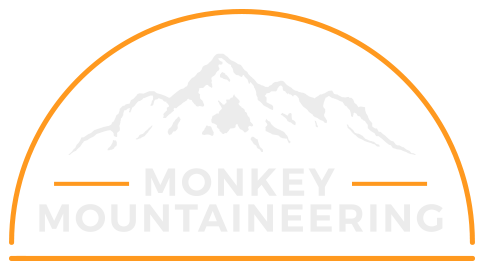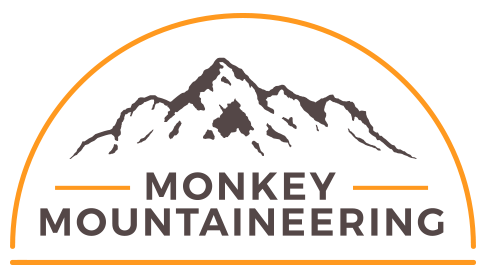The Mountains
Aconcagua, at 6962m, is the highest mountain in the Americas, the highest peak outside of the Himalaya and one of the “7 Summits”. Located entirely in Argentina, Aconcagua is approximately 70 miles Northwest of Mendoza and about 15 miles east of the border with Chile. The first recorded successful ascent of Aconcagua was on the 14 Jan 1897 by Swiss guide Matthias Zubriggen using what is now known as the normal route.

